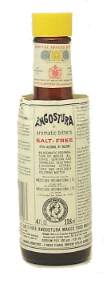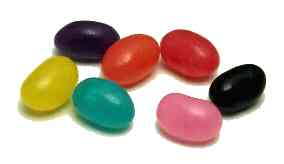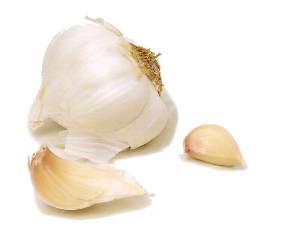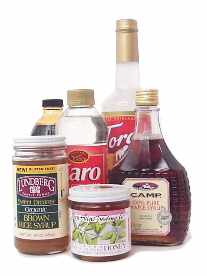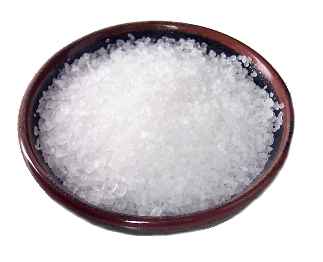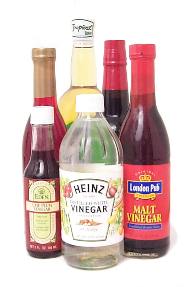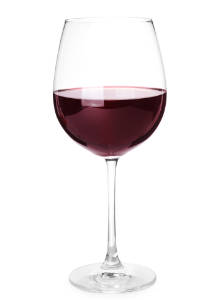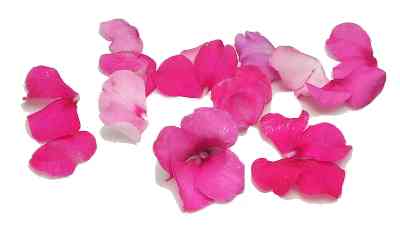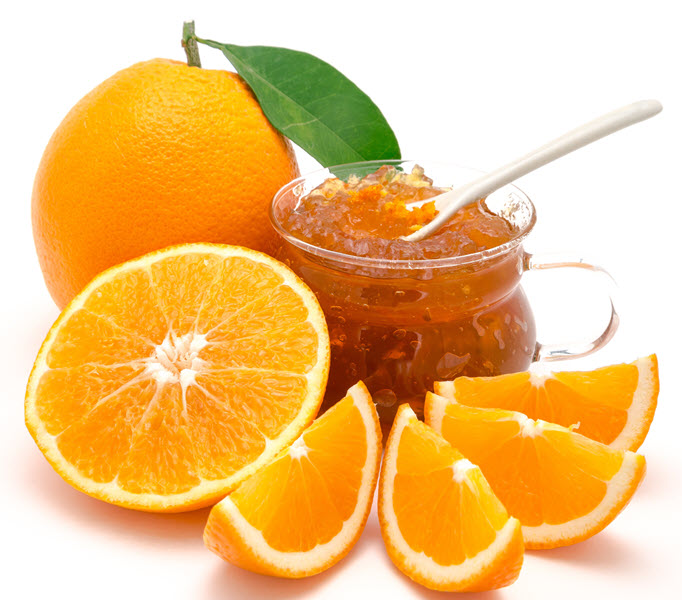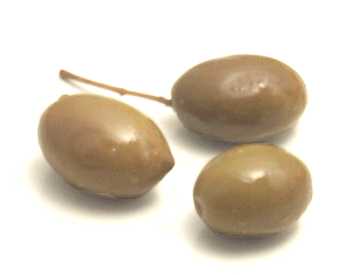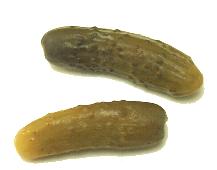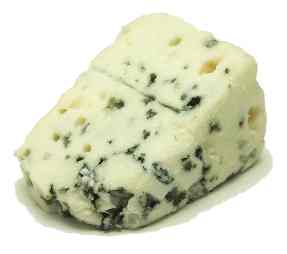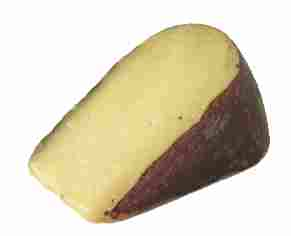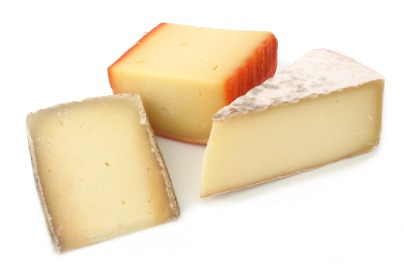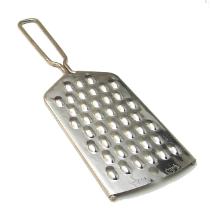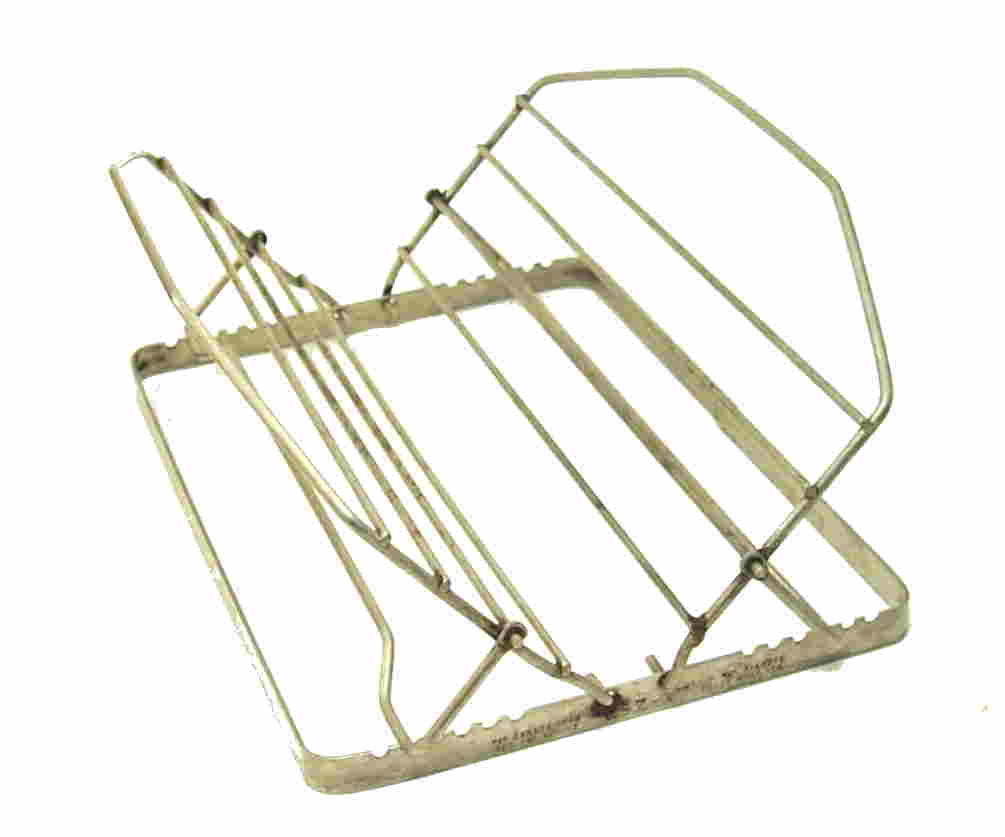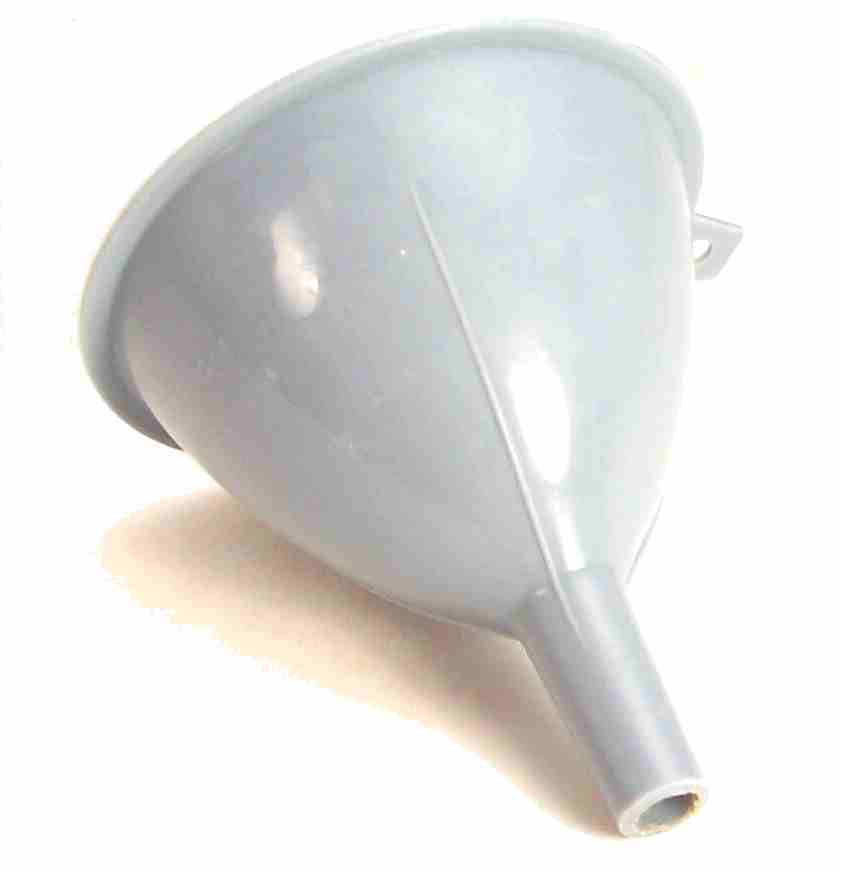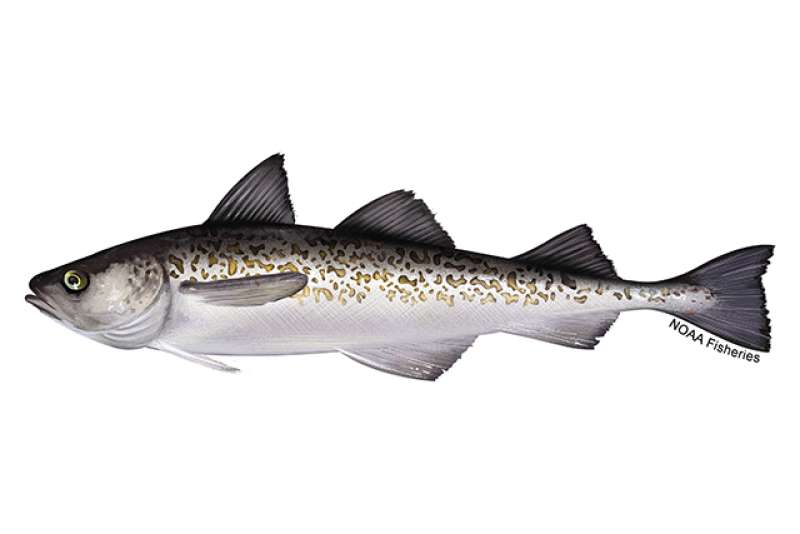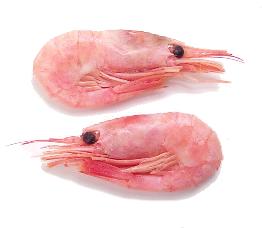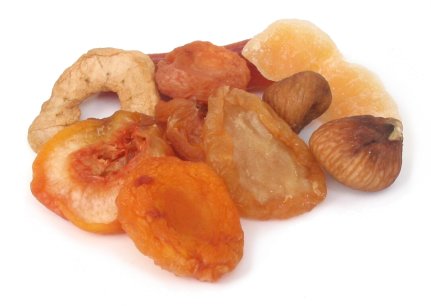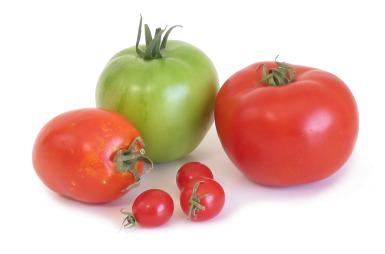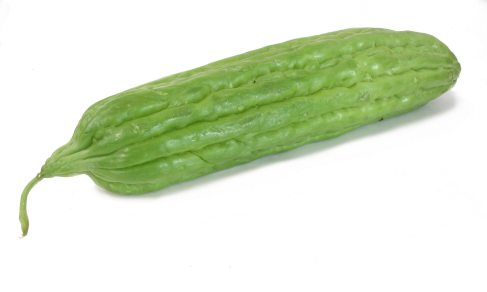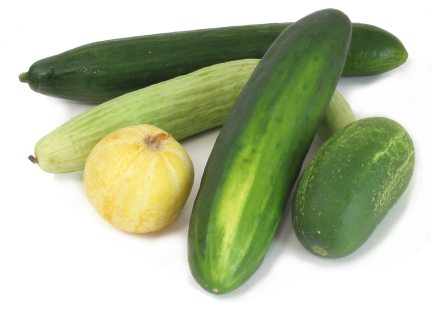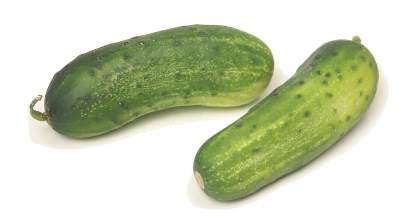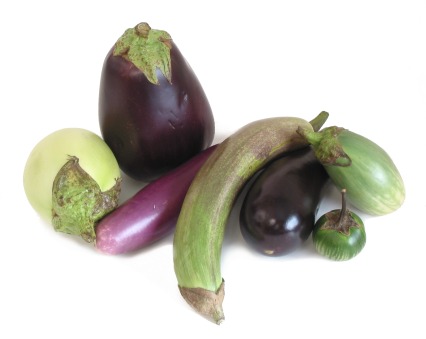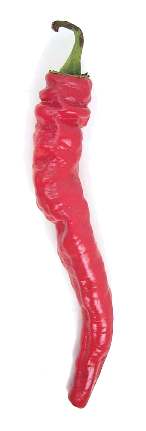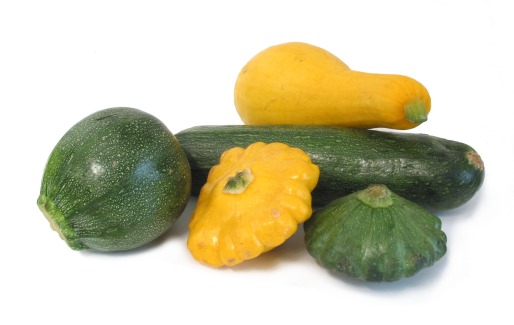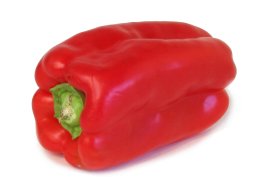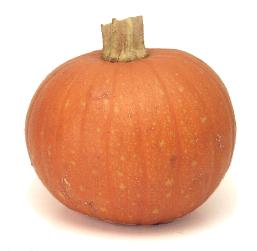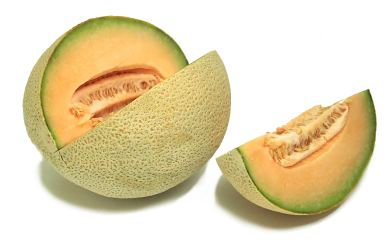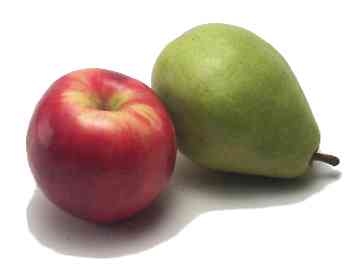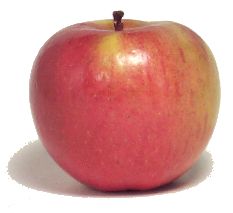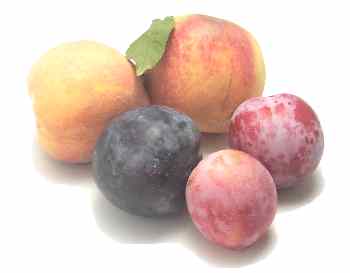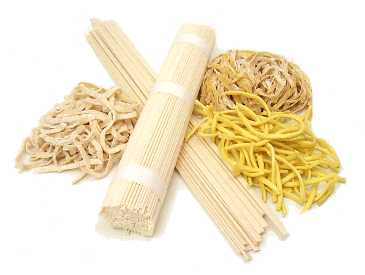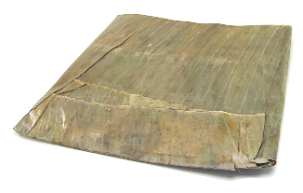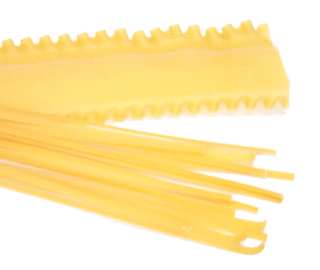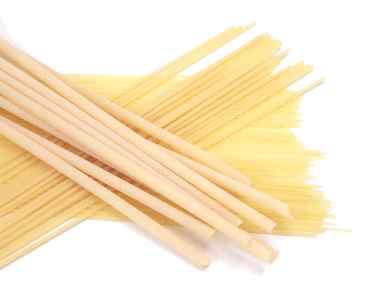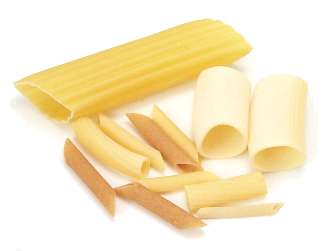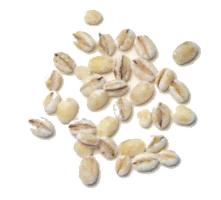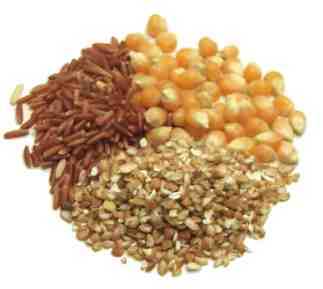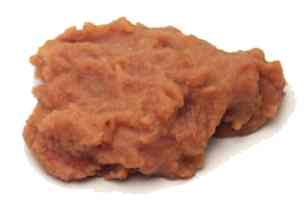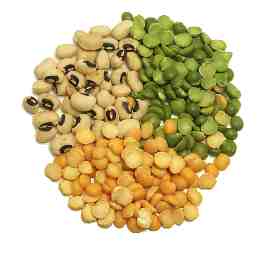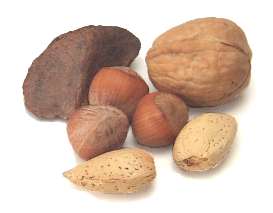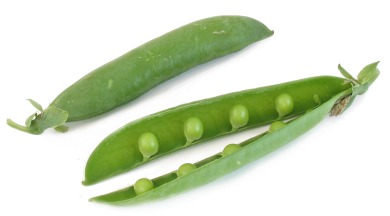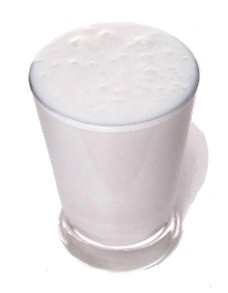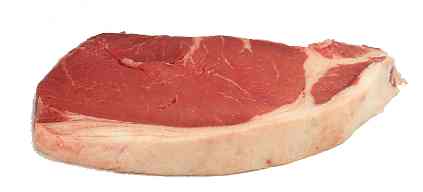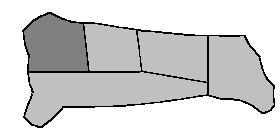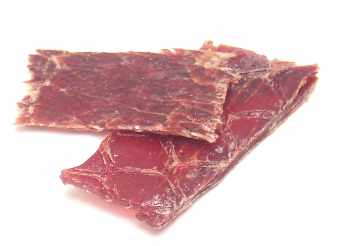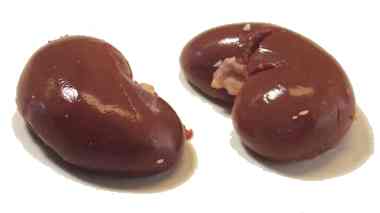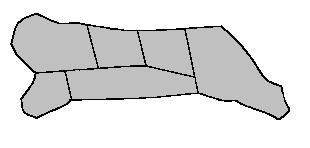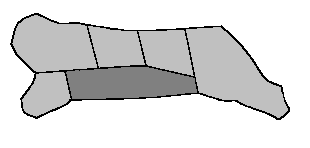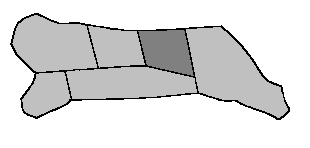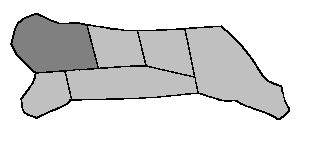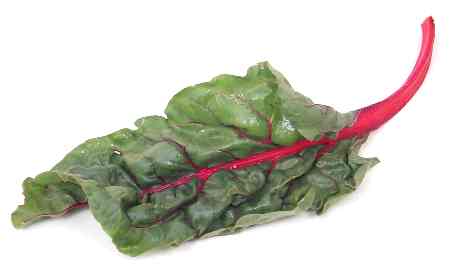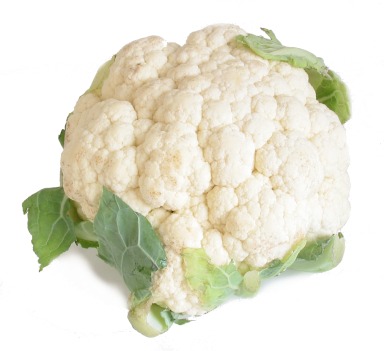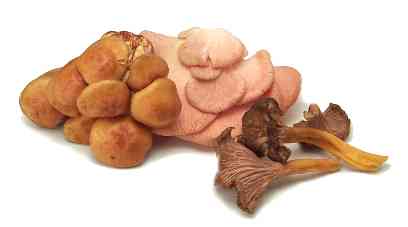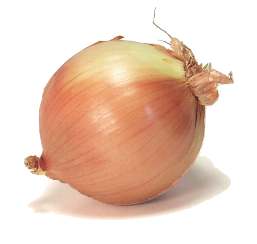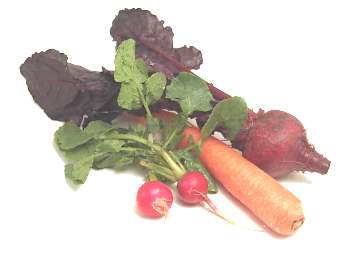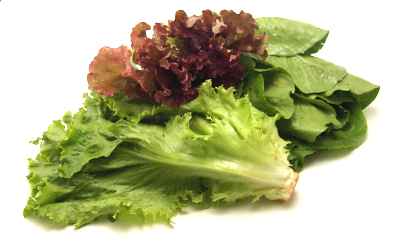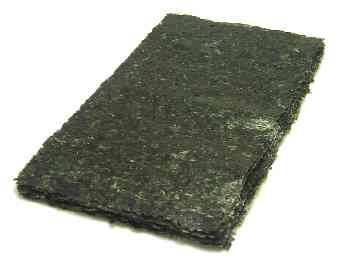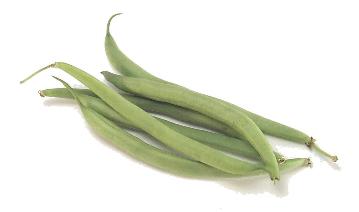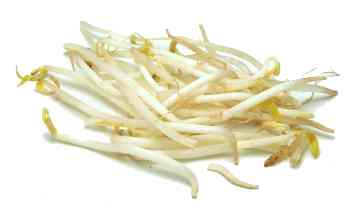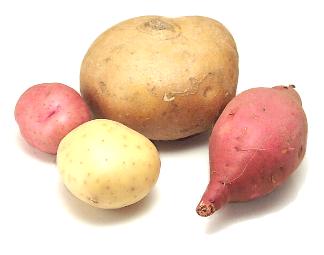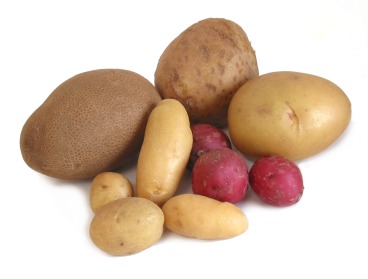Herbs Category

Herbs from around the world
lemon balm
Cooks use this herb in teas, salads, jams, and soups. The fresh leaves also make an attractive garnish.
Learn morelemon basil
This has a lemony flavor, and small, pointed, fuzzy leaves. Thai cooks toss it into soups, salads, and noodle dishes.
Learn morelemon verbena
This has a strong lemon flavor that works especially well in teas and vegetable dishes. If you can't find it in the spice section, cut open lemon verbena teabags.
Learn morelemongrass
Thai cooks use these grayish green stalks to impart a lemony flavor to their dishes. Remove the outer leaves, then use about six inches of the base, discarding the top and the very bottom. It's best to cut lemongrass into large pieces that can be easily removed after the dish is cooked. Frozen lemongrass is a good substitute for fresh, but dried lemongrass (soaked in hot water) is only a fair substitute. Use powdered version (called sereh powder) only in a pinch.
Learn morelovage
Lovage tastes like celery, but it's even more pungent and flavorful. The only drawback but it can't withstand long cooking like celery can. Use it in any recipe that calls for celery, but use less and add it to cooked dishes at the last minute.
Learn moremarjoram
Marjoram is sweeter and milder than its close relative, oregano. It's often used to season meats and fish, and works best when its added near the end of the cooking period. Fresh is best, but frozen or dried marjoram are acceptable substitutes. Don't confuse this with wild marjoram, which is better known as oregano.
Learn moremeloukhia
Middle Eastern cooks use this as an herb in their soups. In other regions, fresh meloukhia is used as a cooking green, much like spinach.
Learn moremint
Mint is used throughout the world to flavor everything from lamb to candy. It's also a great garnish and breath freshener. Spearmint is the variety you're most likely to encounter in markets, and it's the best choice for savory dishes. Peppermint = brandy mint has a stronger flavor and is best suited to dessert recipes. Used dried mint only in a pinch--it's not nearly as flavorful as fresh.
Learn moreopal basil
Opal basil has purple leaves and a longer shelf life than sweet basil, but the two can be used interchangeably in most recipes.
Learn moreoregano
Oregano is a popular herb in Mediterranean countries, where it's often used to season tomato sauces, meat dishes, and pizzas. Mexican oregano has a mintier taste than ordinary oregano. If you can't find it fresh, dried oregano is a good substitute.
Learn moreoyster plant
These hard to find and expensive leaves taste a little like oysters. Oyster plants are low growing perennial herb in the borage family.
Learn morepapalo
This Mexican herb is similar to cilantro. It's often added raw to tacos, sandwiches, salads, and guacamole. It doesn't handle heat well, so add it to cooked dishes at the last minute.
Learn moreparsley
Parsley is prized both for its looks and for its fresh, grassy flavor. There are two common varieties: the mild curly parsley and the more flavorful Italian parsley. Use curly parsley if you want looks and Italian parsley if you want flavor. Parsley doesn't hold up well to cooking, so add it to cooked dishes at the very last minute. Frozen parsley is a good substitute for fresh, but dried parsley adds only color.
Learn moreromeritos
This Mexican herb has succulent leaves and is used as a seasoning or cooking green, especially during Lent.
Learn morerosemary
The Italians are particularly fond of this pungent herb with its needle-like leaves. They often use it to flavor meats and tomato sauces. Rosemary stems, stripped of their leaves, can also be used as skewers for kabobs. Dried rosemary is an excellent substitute for fresh.
Learn moresafflower
Marketers often call safflower "saffron," but it bears little resemblance to the real thing, except that it imparts a weak, saffron-like color to food. It has very little flavor.
Learn moresage
Sage is often combined with other strong herbs to flavor meat dishes and poultry stuffings. Use it sparingly; a little goes a long way. Dried sage is an excellent substitute for fresh.
Learn moresavory
This herb has a strong, peppery flavor, and it's often used in Mediterranean countries to flavor beans, mushrooms, vegetables, and meats. There are two varieties: winter savory and the milder summer savory. Winter savory is best suited to slowly cooked dishes like stews.
Learn morescrewpine leaf
These sword-shaped leaves are about two feet long. Look for plastic bags of folded leaves among the frozen foods in Asian markets.
Learn moresesame leaf
This comes from the same plant that gives us sesame seeds. Koreans use them to wrap packets of meat or as a fresh herb.
Learn moreshiso
The Japanese mostly use this pungent herb to flavor pickled plums. It comes in two colors: red and green.
Learn moresweet Asian basil
This has a pleasant anise flavor, and is the most commonly used basil in Thailand.
Learn moresweet basil
This is widely used throughout the Mediterranean region to make tomato sauces, pesto, and other dishes.
Learn moretarragon
The French are especially fond of this aromatic, anise-like herb. They often use it to flavor delicately flavored foods like eggs, fish, cheese, and chicken, and it's an indispensable ingredient in sauce béarnaise and in the herb mixture the French call fines herbes. Use it sparingly--a little goes a long way. Frozen tarragon is an excellent substitute for fresh, but use the dried version only in a pinch.
Learn moreThai basil
Thai basil has purple stems and flowers. It has a milder flavor than holy basil.
Learn morethyme
This herb is widely used in Mediterranean countries to flavor stews and meat sauces. It's often used in combination with other herbs, like rosemary, parsley, and oregano. Use dried thyme only in a pinch--fresh thyme is far more flavorful.
Learn moretia to
These leaves are purple on one side and green on the other. They have a pleasant, peppery flavor that tastes a bit like cinnamon. Vietnamese cooks often add them to soups at the last minute.
Learn moreturmeric leaves
These are used in Indian and Southeast Asian dishes. There are no acceptable substitutes, just omit this from the recipe
Learn morewinter savory
This perennial herb has a stronger flavor than its annual relative, summer savory.
Learn moreyellow Chinese chives
These are Chinese chives that have been shielded from the sun in order to stifle the production of chlorophyll. Use them just like ordinary Chinese chives.
Learn moreyerba buena
The Spanish name "yerba buena" ("good herb") is used to describe several varieties of mint, including Satureja douglasii, Satureja chamissonis, and Mentha spicata (spearmint).
Learn more








